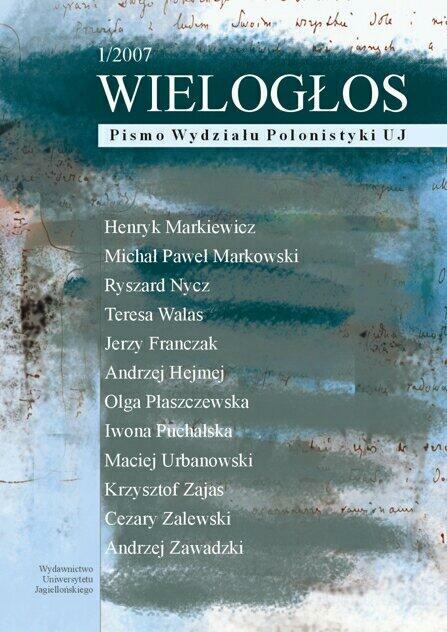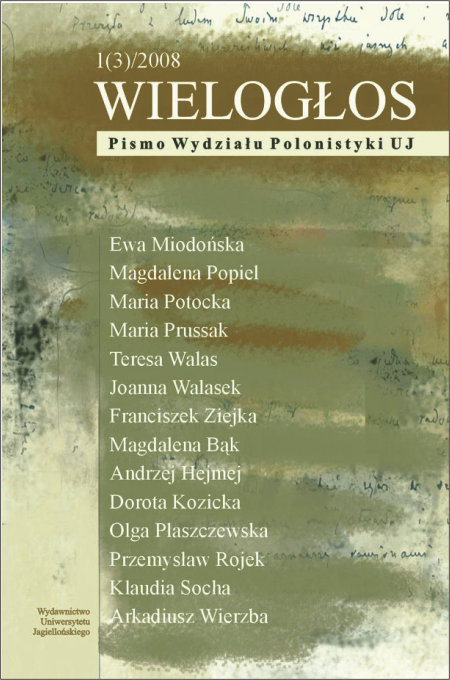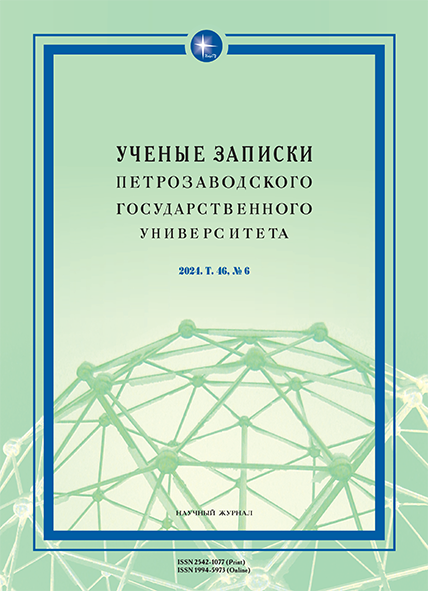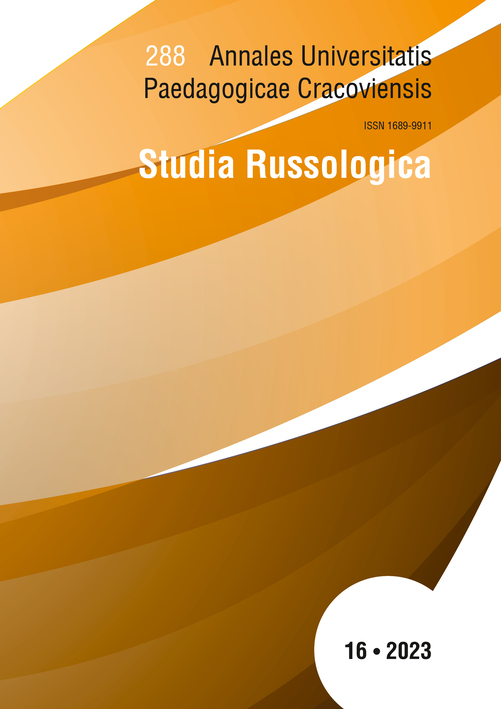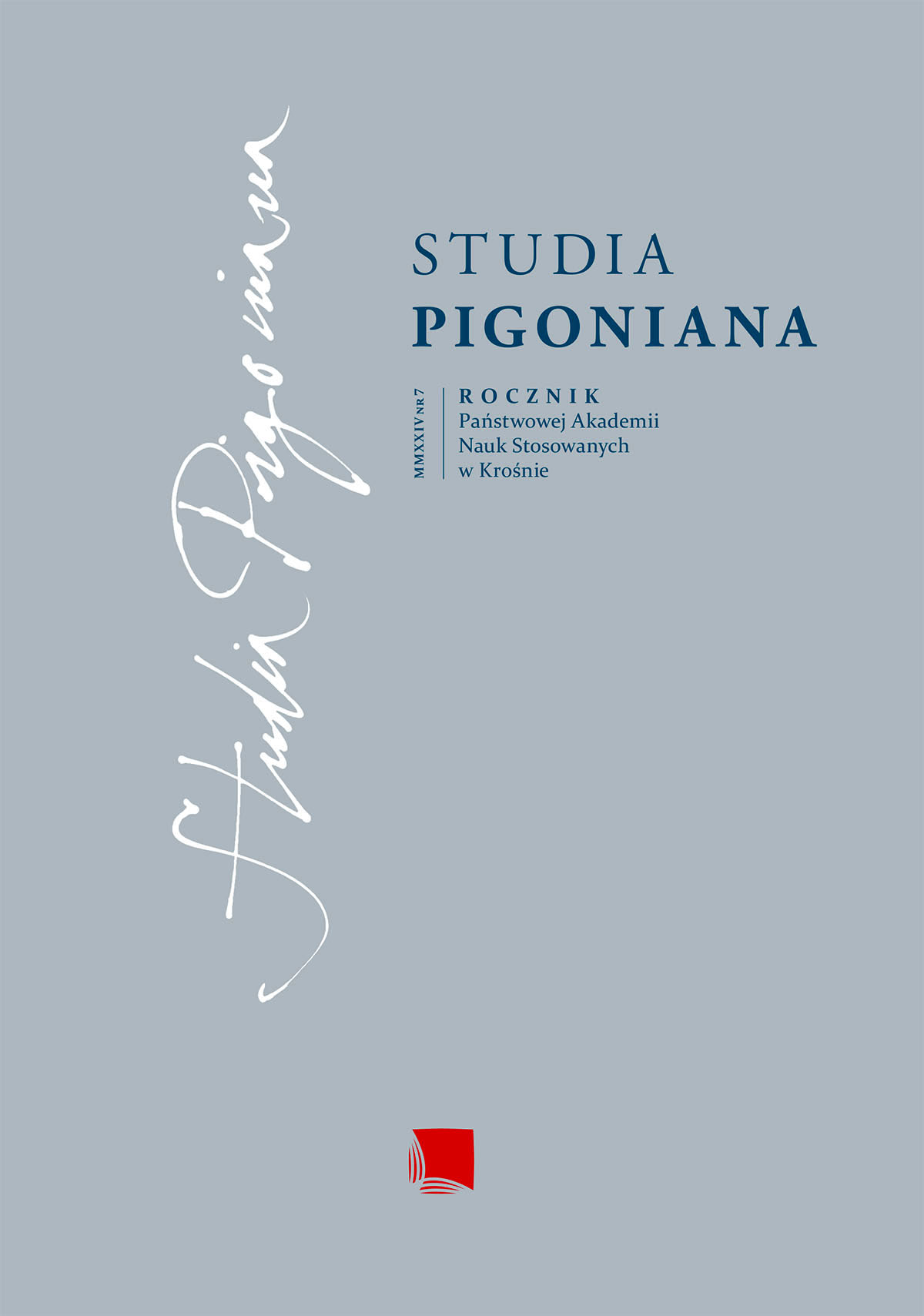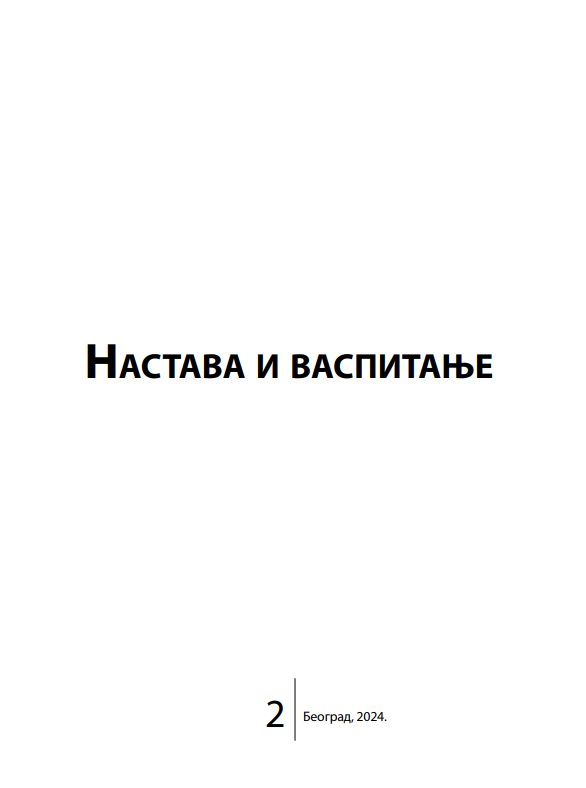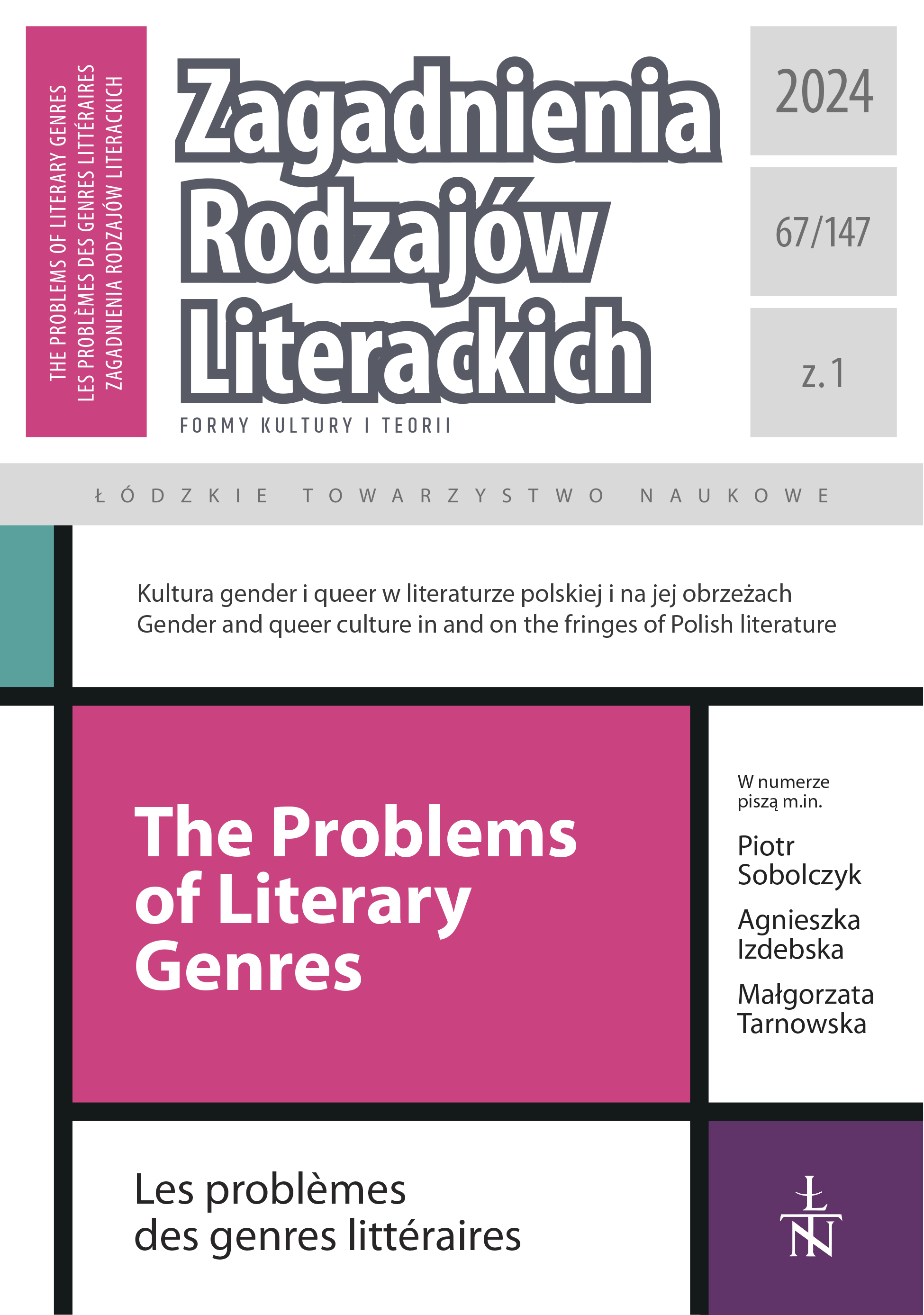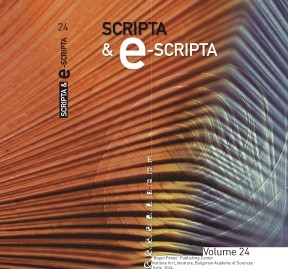Pragmatic acts of humour in family discourse in selected Maryam Apaokagi’s comedy skits
Humour plays a crucial role in family discourse as it fosters emotional connection, diffuses tension, and promotes open communication by providing a light-hearted and relatable atmosphere. Extant studies on family discourse have focused on (im)politeness strategies and pragmatic markers. However, scant attention has been paid to the communicative functions of humour in family discourse. This study was, therefore, designed to investigate humour in Maryam Apaokagi’s comedy skits, to identify the types, their pragmatic functions, and how they contribute to the overall meaning of the discourse. Jacob Mey’s Pragmatic Acts Theory served as the theoretical framework. Data for the study comprised eight selected Maryam Apaokagi’s comedy skits, produced in Nigeria. The selection is based on their humorous reflections of family issues and subjected to pragmatic analysis. Findings reveal that pragmatic acts exist in four interlocutory contexts among family members: couple (husband-wife) relationship; sibling(s)-relationship; mother-child relationship; and distant-family relationship. The contexts are indexed by eight pragmatic acts and functions which underpin expressions of humour: warning to threaten the husband, promising to raise hopes, requesting to make a mockery of the elder brother, ordering to deliberately disrespect the elder sister, questioning to persuade and apologise indirectly, scolding to condemn a child’s inappropriate actions, exaggerating to boast and show off, speculating to impress the mother and indict the child. Employed with wit to avoid serious conflicts, these humorous acts were largely foregrounded by conversational,psychological and physical acts, and underscored by such contextual factors as inference,reference, relevance, and shared situation knowledge to humorously depict how family issues are variously handled.
More...
